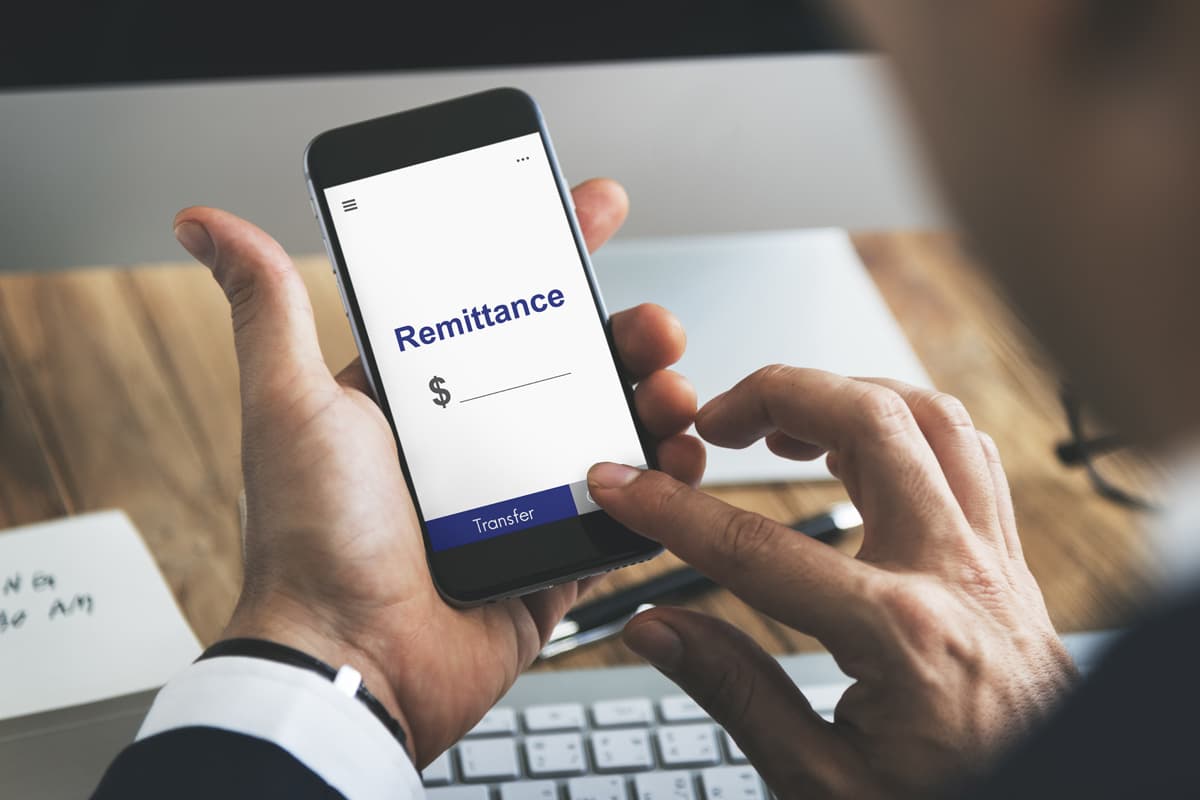Remittance payments sent to the Middle East and North Africa (MENA) will fall by approximately 5.3 per cent this year, according to a World Bank report.
The World Bank’s latest Migration and Development brief said remittances to the Middle East and North Africa are expected to decline again in 2023, falling by about 5.3 per cent to $61bn in 2023.
The decline is driven mainly by a sharp drop in flows to Egypt.
MENA remittances fall
For Egypt, a significant gap between the official exchange rate and the parallel market likely caused a large part of remittances to be unrecorded.
Meanwhile, remittance flows to the Maghreb countries experienced a gain, offsetting some of the decline.
Sending $200 to the region cost 5.9 per cent on average in the second quarter of 2023.
In 2024, remittance flows are projected to recover to a 2.1 per cent gain based on an expected turnaround in flows to Egypt.
Globally, remittances to low- and middle-income countries (LMICs) grew an estimated 3.8 per cent in 2023, a moderation from the high gains of the previous two years.
Of concern is the risk of decline in real income for migrants in 2024 in the face of global inflation and low growth prospects, according to the World Bank.
In 2023, remittance flows to LMICs are estimated to have reached $669bn as resilient labour markets in advanced economies and Gulf Cooperation Council (GCC) countries continue supporting migrants’ ability to send money home.
By region, remittance inflows grew for Latin America and the Caribbean (8 per cent), South Asia (7.2 per cent), East Asia and the Pacific (3 per cent), and Sub-Saharan Africa (1.9 per cent).
Remittances to Europe and Central Asia also fell by 1.4 per cent after gaining more than 18 per cent in 2022.
The United States continued to be the largest source of remittances.

The top five remittance recipient countries in 2023 are:
- India ($125bn)
- Mexico ($67bn)
- China ($50bn)
- Philippines ($40bn)
- Egypt ($24bn)
Economies where remittance inflows represent substantial shares of gross domestic product (GDP) – highlighting the importance of remittances for funding current account and fiscal shortfalls – are Tajikistan (48 per cent), Tonga (41 per cent), Samoa (32 per cent), Lebanon (28 per cent), and Nicaragua (27 per cent).
Based on the trajectory of weaker global economic activity, growth of remittances to LMICs is expected to soften further to 3.1 per cent in 2024.
Driving the moderated forecast are a slowing economic growth and the prospect of weaker job markets in several high-income countries.
Additional downside risks include volatile oil prices and currency exchange rates, and a deeper-than-expected economic downturn in high-income countries.
Iffath Sharif, Global Director of the Social Protection and Jobs Global Practice at the World Bank, said: “During crises, migrants have weathered risks and shown resilience to support families back home.
“But high inflation and subdued global growth is affecting how much money they can send.
“Labor markets and social protection policies in host countries should be inclusive of migrants, whose remittances serve as a vital lifeline for developing countries.”
According to the Bank’s Remittances Prices Worldwide Database, remittance costs remain persistently high, costing 6.2 per cent on average to send $200 as of the second quarter of 2023.
Compared to a year ago, sending money to all regions was more expensive, with the Middle East and North Africa being the exception.
Banks continue to be the costliest channel for sending remittances (with an average cost of 12.1 per cent), followed by post offices (7 per cent), money transfer operators (5.3%), and mobile operators (4.1 per cent).

Dilip Ratha, lead economist and lead author of the report, said: “Remittances are one of the few sources of private external finance that are expected to continue to grow in the coming decade.
“They must be leveraged for private capital mobilization to support development finance, especially via diaspora bonds.
“Remittance flows to developing countries have surpassed the sum of foreign direct investment and official development assistance in recent years, and the gap is increasing.”









